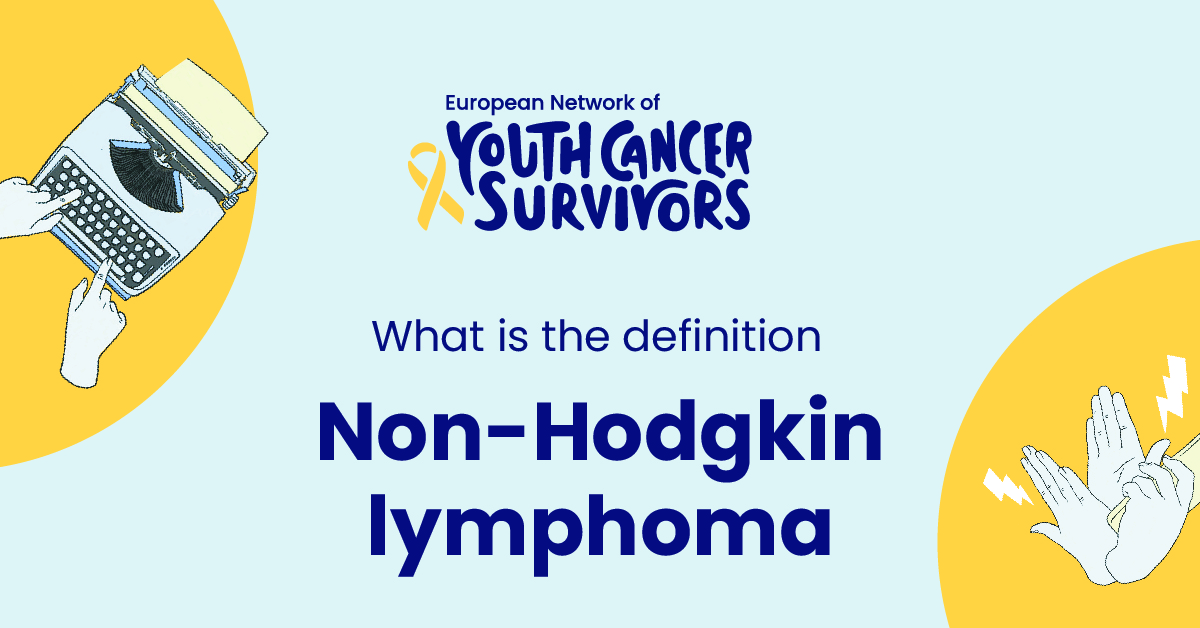
Cancer is a broad term that encompasses various diseases which involve the uncontrolled multiplication of abnormal cells in any part of the body. These aberrant cells can invade nearby tissues or spread to distant areas, disrupting normal body functions. One particular form of cancer that is frequently spoken about yet not fully understood by many is Non-Hodgkin lymphoma.
Non-Hodgkin lymphoma is a type of cancer that originates from the cells of the lymphatic system, an essential part of the immune system. This cancer can affect anyone, regardless of age or gender, and it is one of the most common types of cancer in the United States, making an understanding of this condition crucial.
Understanding Non-Hodgkin Lymphoma: Defining the Disease
Non-Hodgkin lymphoma (NHL) is a broad term defining a group of related cancers that arise within the lymphatic system. This system, composed of lymph nodes (tiny, bean-shaped organs) and lymph vessels, is an integral part of the body’s defence mechanism against infections and diseases. Specifically, NHL affects the lymphocytes, a type of white blood cell that is key in defending the body against pathogens.
There are several types of NHL, characterized by the specific subtype of lymphocyte affected (B-cells or T-cells) and the rate of cell growth. Two primary categories encapsulate most cases: B-cell lymphomas, which account for about 85% of NHL in the United States, and T-cell lymphomas, which are less common.
The Science Behind Non-Hodgkin Lymphoma
Like all cancers, NHL starts with changes (mutations) in a cell’s DNA, leading to uncontrolled cell growth and division. These genetically altered cells do not die off naturally but accumulate, forming a tumor in the lymph nodes. In some cases, these abnormal cells can migrate to other parts of the body, a process known as metastasis.
The lymphatic system’s role in NHL is significant as it is the environment where the cancer originates and progresses. Lymphocytes travel within the lymphatic system via lymph vessels, being transported to lymph nodes, and if affected, this transportation mechanism can facilitate the cancer’s spread.
Risk Factors Triggering Non-Hodgkin Lymphoma
The exact causes of NHL are largely unknown, however, certain risk factors have been identified. These include exposure to certain chemicals and substances, history of certain viral and bacterial infections, a weak immune system, and certain inherited syndromes. Furthermore, the risk of acquiring NHL increases with age, peaking in people over the age of 60, and it affects more men than women.
Lifestyle and environmental factors can certainly contribute to this disease. However, many individuals with these factors don’t develop NHL, and many individuals with NHL do not have any known risk factors. Thus, it is crucial to remember that risk factors only indicate a higher likelihood of developing the condition and are not definitive causes.
Symptoms and Signs of Non-Hodgkin Lymphoma
Physical signs of NHL could include the presence of painless swollen lymph nodes typically in the neck, armpit, or groin area. Other symptoms might encompass chest pain, shortness of breath, cough, abdominal pain or swelling, skin rash or itching, fatigue, fever, night sweats, weight loss, and a general feeling of illness.
No specific symptom is definitive of NHL, and many of these symptoms could result from conditions other than cancer, thus it is crucial to seek medical advice for proper diagnosis.
Diagnostic Tools for Confirmation of Non-Hodgkin Lymphoma
Diagnosis of NHL necessitates careful review of the individual’s medical history and conducting necessary physical exams. Lab tests, including blood tests, urine tests, and imaging tests like CT, MRI, or PET/CT scans, are often employed to identify signs of NHL.
The definitive diagnostic tool for NHL is the biopsy. In this procedure, a small tissue sample from an affected lymph node or other area is examined under a microscope for cancer cells, aiding in precise subclassification of NHL and selecting the appropriate treatment plan.
Treatment Modalities for Non-Hodgkin Lymphoma
Treatment of NHL depends largely on the type and stage of cancer, the patient’s overall health, and their personal preferences. The overall aim of therapy is to eliminate the lymphoma cells or to control their growth for as long as possible, while minimising side effects.
Chemotherapy and Immunotherapy are typically the first-line treatments for NHL, aiming to kill cancer cells or stimulate the immune system to attack them. In certain cases, targeted therapy, radiation therapy or a stem-cell transplant may be considered as well. The best course of action will depend on individual circumstances and will be established in consultation with the healthcare team.
Living with Non-Hodgkin Lymphoma: Managing and Coping
Ideally, living with NHL involves both emotional and physical wellness. Emotional wellness can be achieved through counseling or joining support groups, while physical wellness necessitates proper diet, exercise, and adhering to the treatment plan. Psycho-oncology, an interdisciplinary field helping cancer patients with psychological, social, and behavioral aspects of cancer, could also be beneficial.
Get to know us better
If you are reading this, you are in the right place – we do not care who you are and what you do, press the button and follow discussions live

Conclusion
While Non-Hodgkin Lymphoma may seem daunting, it is crucial to remember that early detection and rapid initiation of treatment significantly enhance survival rates. Advances in research and treatment strategies foster hope for patients with NHL, offering an uplifting future perspective on this disease. Always consult with your healthcare team for the most accurate and personalized information.
FAQs
- How do Non-Hodgkin lymphoma and Hodgkin lymphoma differ, especially in terms of their origins, manifestations, and treatments?
Non-Hodgkin lymphoma and Hodgkin lymphoma are different conditions, although they both originate from lymphocytes, but they manifest differently, and their treatment is also different.
- Is there a specific age group more prone to developing Non-Hodgkin lymphoma (NHL), and if so, which one?
People of all age groups can develop NHL. Still, it is generally seen more in people over the age of 60.
- While there’s no surefire way to prevent NHL, what steps can individuals take to potentially reduce their risk, considering recognized risk factors?
There’s no sure way to prevent NHL, but avoiding recognized risk factors wherever possible might reduce the likelihood of developing it.
- Can you explain how the survival rate for NHL varies, and what factors influence it, particularly in relation to the stage and type of the disease?
The survival rate of NHL varies depending on the stage and type, but due to the advances in treatment, it has significantly improved over the years.
- Is there a hereditary component to NHL, or is it more commonly sporadic, occurring without any family history?
There’s a slight risk of NHL being hereditary, but most cases occur without any family history.

















Comments
Thank you. Comment sent for approval.
Something is wrong, try again later